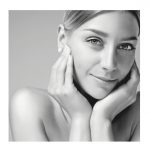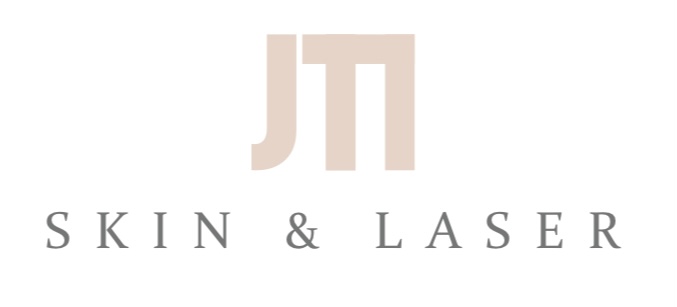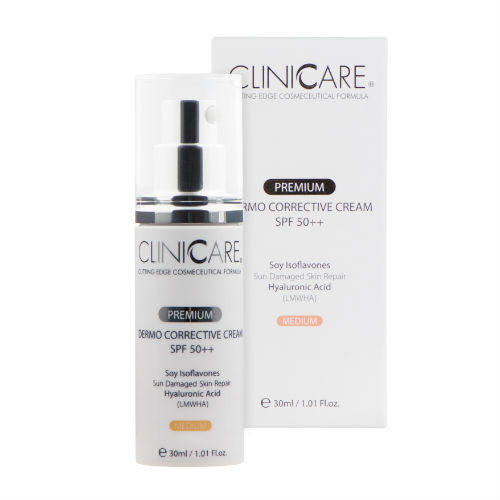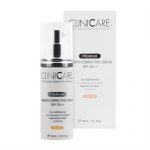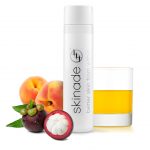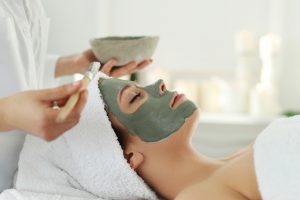
Throughout the ages, people have experimented with treatments intended to enhance their appearance and slow the aging process. From the early Egyptian’s use of kohl and mineral pigments to tightly drawn corsets of the Victorian era, women have endured much in the name of youth and beauty. In our modern world, we are fortunate to be able to turn to technology for our fountain of youth, and one of the most important innovations to have sprung from this well of technological advances is the use of microcurrent.
Microcurrent is truly the “diamond in the rough” when it comes to wellness and antiaging. Its use in aesthetics has existed since the late 70’s, and like many good things, has come full circle and is now in full bloom in the eyes of today’s aestheticians.
Microcurrent is a low level of electrical current that mirrors the body’s own natural current, subsensory in most cases. It’s proven and accepted properties, and potential range of applications from wound healing, muscle rehabilitation, macular degeneration, to lymphodema continue to assist medical practitioners with amazing results. Although microcurrent is credited by hundreds of medical studies, we must stay focused on how these studies and this technology can benefit and support our mission of beautifying the skin.
The intended use for microcurrent in aesthetics is to allow the aesthetician a powerful and effective tool to aid in the battle of anti-aging by diminishing the appearance of fine lines and wrinkles, improve the texture and appearance of the skin, and reducing the overall visual appearance of aging.
Most microcurrent applications and results, whether they are medical or aesthetic, rely on the same mechanisms of action. Even without defining each in detail, the list is very impressive, and the underlying principles logical.
- Increased circulatory benefits: blood and lymph
- Muscle re-education
- product penetration
- Increased natural production of collagen and elastin
- Increase in mitochondria activity, ATP (adenosine tri phosphate)
- Dispersion of hardened collagen
How does microcurrent in aesthetics work?
The noted principal microcurrent mechanisms of action occur simultaneously and harmoniously during a typical 45-minute microcurrent facial treatment. One attribute is not more important than another, as they work as a team with the common purpose of creating a healthier more youthful appearance.
Firstly TONING:
Muscle re-education is most related to the term “facial toning”. There are 32 different muscles of the face that are manipulated during the average microcurrent facial treatment.
Secondly ATP work: ATP (adenosine triphosphate) molecules are the storage and distribution vehicles for energy in the body.
What is ATP?
Short for Adenosine Triphosphate, ATP is an energy-rich organic molecule that occurs naturally in the body. It is the main carrier of the energy required for countless cellular activities in all living things, and it also plays a pivotal role in intracellular communication1. Stimulating the skin’s metabolism, ATP assists with wrinkle reduction, moisture retention and skin rejuvenation, promoting a smooth, radiant, balanced complexion. It is also valued by skincare formulators for its soothing and protective properties.
Aside from muscle re-education and massive increases in ATP levels, microcurrent has other proven benefits for aesthetic applications. Dr. Chi, Director of the University of Washington Department of Pathology, performed clinical studies using Bio-Therapeutic’s micro-current device and notes, “The fact that this technology works in harmony with the body is evident. Examination of skin tissue treated with microcurrent showed a 45% increase in the number of elastin fibers in the dermis, and the length of the fibers on average doubled. The collagen thickness in the connective tissue increased 10%, and the number of blood vessels increased by 35%. The application of microcurrent to skin and tissue produced a firmer and tighter feeling on the skin surface.”
Many of the studies detailing the massive increase in speed regarding wound healing refer to ATP as one of the attributing factors. The other attributing factor is an increase in blood circulation. Blood circulation has everything to do with the function, condition, color and over all health of our skin, as well as underlying tissue. Dr. Chi’s 2003 study performed at the University of Washington further notes a 35% increases in blood circulation in tissue treated with microcurrent.
LOVE THIS: BLOOD CIRCULATION IS KEY FOR HEALTHY SKIN!
By the time we are 50 we have 25% less circulation.
Combine this with the Osmosis Power house:
- Rescue: Boost Immunity of the skin, Calm Inflammation, Clears Acne, Heals Rosacea, Reduces the appearance of enlarged pores
- Renew; Epidermal remodelling, Stimulates Collagen, Increase nutrient supply, reduces inflammation
- Stem Factor: Growth and repair of damaged cells, stimulates collagen, accelerates skin rejuvenation, promotes younger, clearer skin
- Catalyst: Repairs DNA damage, rebuilds collagen, pigment control and normalization, heals the skin, provides antioxidant protection.
Your skin is going to be working in perfect harmony!
My microcurrent facial is aptly named Elevate and Glow and details can be found here
